Slow Down!
Health & Fitness February 13, 2012 johnwooton 0
Three mistakes new triathletes make during the offseason months
TriSteps : Liz Elliott
For most triathletes, the official season is February through September each year with some late season races in October and early November. It’s a long season. October through January is technically an offseason, but what is it “off” from? There are proven ways to make your next season better, and proven ways to sabotage it, depending on what you do and don’t do during your break.
Following are the top three mistakes triathletes make in the offseason which can greatly affect their next season:
1. THEY CONTINUE THE SAME ROUTINE of swim, bike and run at the same intensity, volume and balance that they were during triathlon season. The offseason is the time to rebuild a base of strength, aerobic fitness and get better at your form in your area of weakness. If you continue to push your muscles at the same intensity, you will actually get slower, and have a much higher injury and illness rate. During the intensity of racing and/or hard practices, small muscle fibers break down around your joints, leaving your joints weak. Recovery is needed.
During the offseason, work on form in swim, bike and run, but spend more time on your area of weakness for endurance and add a strength routine. If you need to, take swim lessons, or bike lessons. Take the time to get the right bike fit. And most importantly, do a regular routine of resistance strength training in all planes of motion. Doing strength routines in the gym and after an endurance session is great, but only if you’re using correct form and technique. Learn from a professional. Start with body weight in exercises you need the most stability and coordination, then add weight and tempo for more of an endurance workout.
2. THEY DON’T REST. Nearly 85-90 percent of our training is about pushing through and completing a goal. We become very familiar with what it takes to advance and achieve, and we forget to rest. Rest is essential for physical, mental and emotional health. Rest is when the muscles recover and get stronger. Rest comes in many forms. There is actual sleep and naps, taking a day off of training, active recovery workouts and stretching and massage as well. Learn and practice dynamic stretching, foam rolling and other form-based exercises with a trained professional to make your time in the gym more effective while reducing your chances for injury and illness. Incorporate rest into each workout, each week, each month, each training phase, and each season.
3. THEY CONTINUE THE SAME DIET as if they are still training like they were during peak training periods. During the off season, work with a professional to find out the exact intake of calories you should be eating, and how to best hydrate for your sweat rate. Learning and practicing how to “eat right for you” is essential, even more so during the offseason when you are not working out as much or as hard.
Learn how to use your offseason wisely. Triathletes only have so much time, in a day, a week and a season. Come February, it’s all swim, bike, run, and triathlon skills and workouts. Focus on form, strength and areas that need extra attention. And hang out with your friends and family and recharge your mind.
Check out this article in the digital edition of SportStars Magazine: Slow Down!
Previous article: Beat The Heat
johnwooton
SportStars Magazine: High School Sports Articles Online SportStars is your go-to source for the very best high school sports articles in California. Player and team profiles, game coverage, health and fitness tips and the largest Camps, Clinics & Combine resource for athletes. We're the story behind the stats.


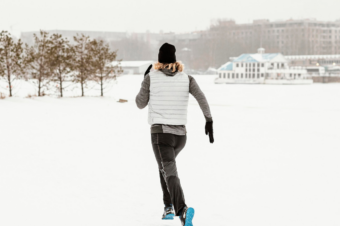
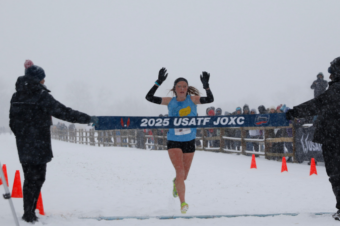
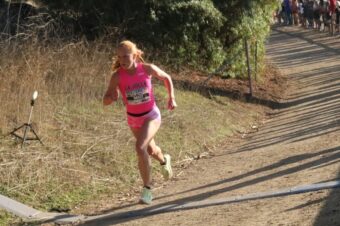
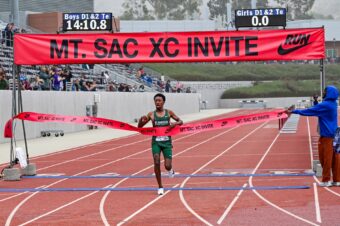

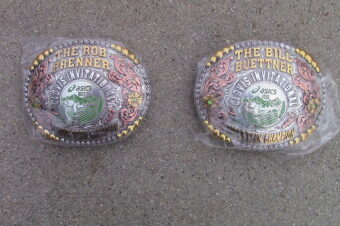
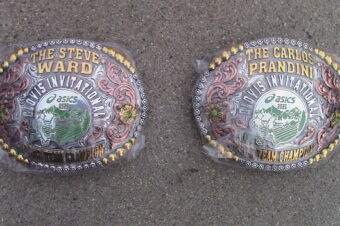
No comments so far.
Be first to leave comment below.